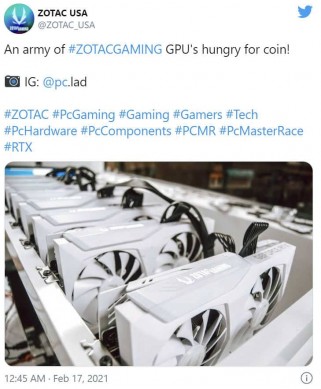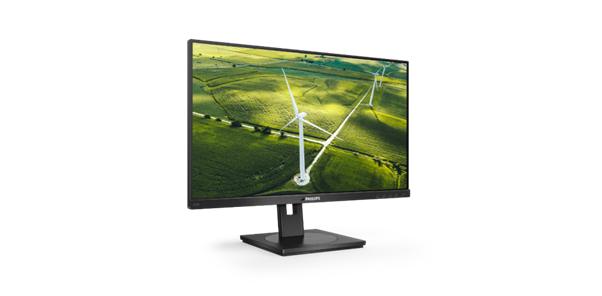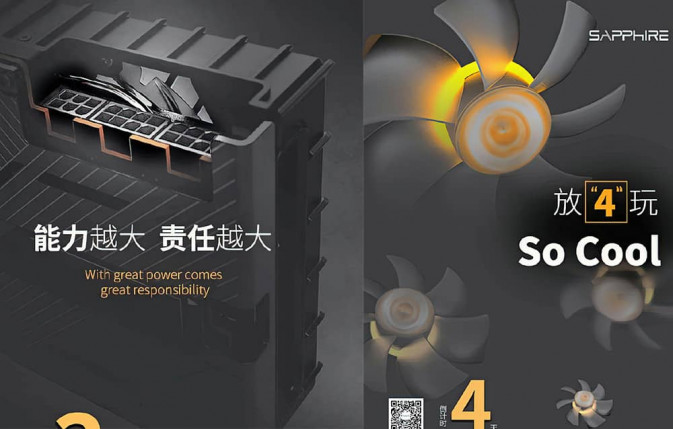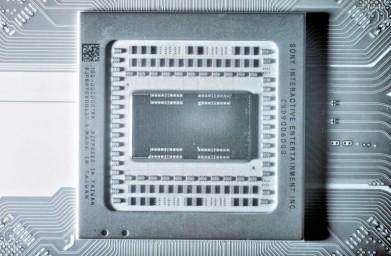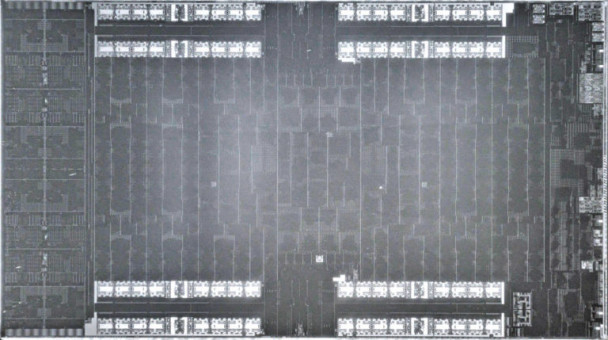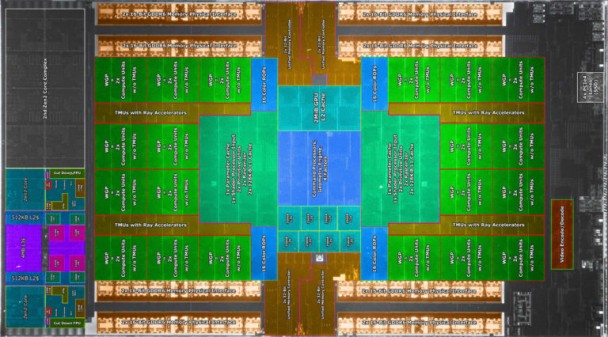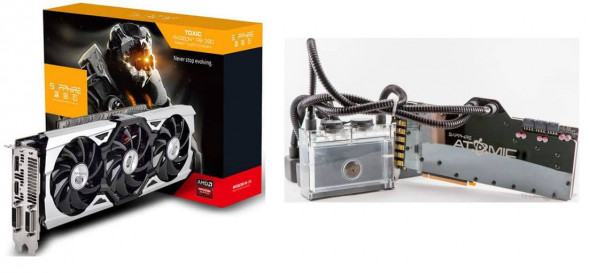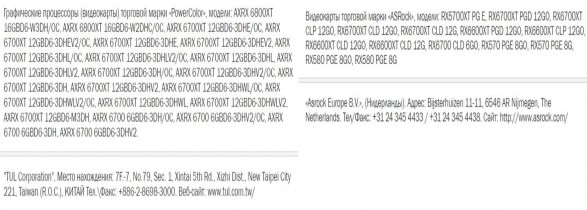The well-known German laptop manufacturer Schenker Technologies presents the E21 laptops, the SCHENKER KEY and SCHENKER MEDIA series.
SCHENKER KEY 15 and KEY 17 are less than 20mm tall and feature Intel Core i7-10870H processor and NVIDIA GeForce RTX 3080 graphics cards, while SCHENKER MEDIA 15 and MEDIA 17 include AMD or Intel 8-core processors with RTX 3060. In addition to standard Full HD displays, SCHENKER also offers WQHD and UHD panels, depending on the series.
SCHENKER-KEY

Schenker Key 15, Source: Schenker Technologies

Schenker Key 17, Source: Schenker Technologies
SCHENKER KEY notebooks are focused on the perfect balance between high performance and good portability. With an aluminum body, the KEY 15 (357.5 x 238 x 19.8 mm, 1.99 kg) and KEY 17 (395.5 x 264.95 x 19.9 mm, 2.3 kg) are light and thin. They boast high performance thanks to an 8-core Intel Core i7-10870H processor, as well as a mobile NVIDIA GeForce RTX 3080 or 3070 with 16 or 8 GB of GDDR6 memory, respectively.
The entry-level model features a 144Hz Full HD IPS panel with excellent viewing angles. For designers and creatives who require higher resolution, SCHENKER offers two model-specific UHD display upgrade options. The KEY 15 can be configured with a vibrant 4K OLED display at 400 nits and 100% coverage of sRGB and DCI-P3 color spaces, while the KEY 17 can be upgraded to a 4K IPS panel with 100% coverage of the Adobe RGB color space.
In addition to the maximum 64GB DDR4-3200 RAM, the laptops are equipped with two RAID-enabled M.2 slots for fast PCI Express SSDs and a 73Wh battery for mobile devices. Image output is possible on three external monitors and is provided using Thunderbolt 3, DisplayPort, HDMI 2.1 or Mini DisplayPort 1.4. On top of that, SCHENKER equips the KEY 15 and KEY 17 with three USB-A ports, Gigabit LAN, Wi-Fi 6, a fast UHS-II microSD card reader, and separate audio jacks for headset and microphone, the latter of which alternatively transmits an S / PDF. A per-key RGB LED keyboard and a Microsoft Precision-compatible touchpad ensure precise typing. While KEY 15 is equipped with a glass touch panel,
SCHENKER MEDIA

Schenker Media 15, Source: Schenker Technologies

Schenker Media 17, Source: Schenker Technologies
The SCHENKER MEDIA series, on the other hand, aims at a lower price range, but still combines high performance with great build quality. The laptops feature an NVIDIA GeForce RTX 3060 mobile graphics card with 6GB GDDR6 running at a maximum TGP of 115W plus 15W Dynamic Boost 2.0. Schenker Technologies offers MEDIA 15 and MEDIA 17 on AMD and Intel platforms. Accordingly, either Core i7-10870H or Ryzen 7 4800H is built into laptops. Models with AMD Ryzen 7 5800H are also planned.
Intel and MEDIA 17 models with an AMD processor come standard with a 144Hz Full HD IPS panel. SCHENKER MEDIA 15 (AMD) comes with a 240Hz panel with over 90% sRGB coverage. Schenker Technologies is offering an optional upgrade to a high-resolution WQHD IPS display at 165Hz with 95% sRGB coverage for all four MEDIA notebooks, which is highly recommended for image and video editing professionals. These laptops are relatively light at 359.8 x 245.8 x 19.9 mm and 1.99 kg (MEDIA 15) and 395.7 x 260.8 x 30 mm and 2.5 kg (MEDIA 17), and are completed with the accumulator, power - 62 W h. The cover of the display and the upper part of the body of the 15.6-inch model are made of aluminum.
Configuration options allow for up to 64GB of DDR4 RAM and two M.2 SSDs with PCI Express connectivity. At a maximum frequency of 3200 MHz, the memory in AMD models runs slightly faster than the 2933 MHz in their Intel counterparts. On the other hand, MEDIA with the Core i7-10870H benefits from a graphics card connected via 16 PCIe lanes instead of 8.
In addition to 2.5 Gigabit LAN and Wi-Fi 6, there is one USB-C port and three USB-A ports, HDMI 2.1, separate audio jacks for headset and microphone, and a standard SDXC card reader. RGB backlit keyboard and Microsoft Precision touchpad.
SCHENKER KEY 15 and SCHENKER KEY 17, with recommended base configuration (Intel Core i7-10870H, NVIDIA GeForce RTX 3070, 16GB DDR4-3200, 500GB Samsung SSD 970 EVO Plus and 144Hz Full HD IPS display) can be purchased at a cost of 1999 euros (KEY 15) and 2029 euros (KEY 17).
SCHENKER MEDIA 15 (AMD) and MEDIA 17 (AMD) and MEDIA 15 (Intel) and MEDIA 17 (Intel) (configured with Ryzen 7 4800H or Core i7-10870H, NVIDIA GeForce RTX 3060, 8 GB DDR4 (AMD: 3200 MHz, Intel: 2933 MHz) and Kingston A2000 250 GB SSD) - from 1479 euros (AMD-based models) and 1529 euros (Intel-based models).




